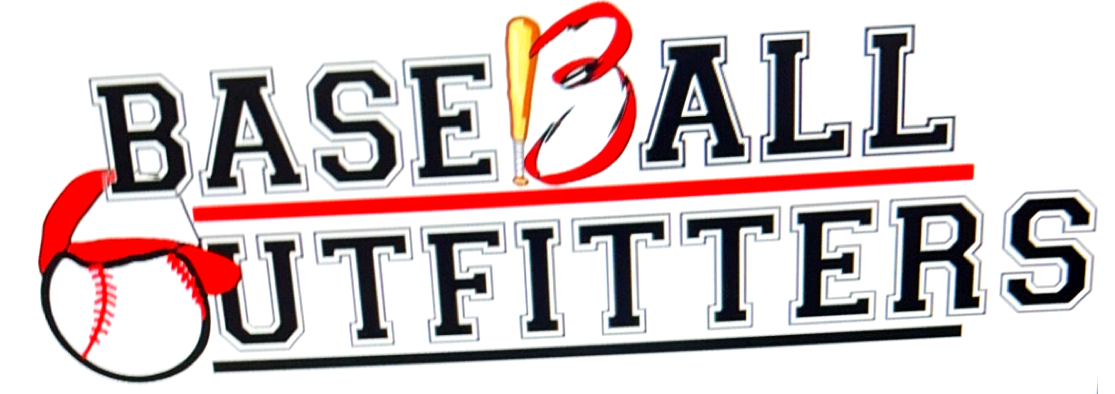Nutrition plays a massive role in how young athletes perform, especially in a demanding sport like baseball. Proper nutrition can be the difference between feeling sluggish and being a powerhouse on the field. What a young athlete eats doesn’t just impact their game day performance but also their overall growth and development.
A young baseball player’s body is growing and developing, which creates unique nutritional requirements. They need a balanced mix of macronutrients (carbohydrates, proteins, and fats) and micronutrients (vitamins and minerals) to fuel daily activities, support physical growth, and enhance recovery after games and training sessions. Ignoring these needs can lead to issues like fatigue, slower healing from injuries, and poor muscle development.
The influence of proper nutrition stretches beyond physical aspects. A well-balanced diet can sharpen cognitive functions, improve concentration during the game, and even positively impact mental health. That’s why focusing on what goes into the body is as crucial as practicing batting or pitching.
However, it’s easy to fall into some common nutritional traps. Skipping meals, relying too much on fast food, or neglecting hydration can all hamper performance and development. The goal is to build good habits young athletes can carry throughout their careers on and off the field.
Key Nutrients for Optimal Performance
Carbohydrates are the primary energy source for athletes. They fuel those quick sprints to first base or the stamina needed during a doubleheader. Including whole grains, fruits, and vegetables in meals ensures long-lasting energy without the sugar crash from candies or sodas.
Proteins are crucial for repairing and building muscles. After a tough game or intense training, muscles need protein to recover and grow stronger. Incorporating lean meats, beans, dairy, and nuts into the diet will help. It’s wise to spread protein intake throughout the day rather than loading up at one meal.
Micronutrients like vitamins and minerals play supporting roles that shouldn’t be overlooked. Vitamin D and calcium keep bones strong, which is essential for avoiding injuries. Iron helps transport oxygen to muscles, and antioxidants from fruits and veggies can aid recovery and reduce fatigue. Varied and colorful diets generally cover the required range of these nutrients.
Hydration can’t be overstated. Drinking water consistently throughout the day—not just during practices or games—is crucial. During hot summer games, athletes lose a lot of fluids through sweat and need more water, and sometimes electrolytes, to stay at peak performance. Regular hydration keeps energy levels steady and helps with concentration. Carrying a water bottle everywhere can help make this a habit.
Building a Balanced Diet Plan
Creating balanced meal plans is essential for young athletes. Meals should include a mix of macronutrients and micronutrients to keep energy levels stable and aid in recovery. It’s about finding a balance that supports both athletic performance and overall health.
Pre-game nutrition sets the foundation for game day performance. A meal rich in carbohydrates, moderate in protein, and low in fat about 3-4 hours before the game is ideal. For example, a bowl of oatmeal with fruit and a side of yogurt or a turkey sandwich on whole-grain bread. Just before the game, a quick snack like a banana or an energy bar can give an additional energy boost without weighing the body down.
Post-game nutrition is crucial for recovery. Within 30 minutes of finishing play, a combination of protein and carbohydrates helps kickstart muscle recovery and replenish glycogen stores. Smoothies with fruits and Greek yogurt, or a simple chocolate milk, can be excellent choices.
Snacks play an underrated role in keeping young athletes fueled. Opt for nutrient-dense options like nuts, seeds, cheese sticks, or slices of apple with peanut butter. Keeping snacks handy prevents the temptation to go for less healthy options and sustains energy throughout the day.
Examples of nutrient-dense foods that fit well into a young athlete’s diet include salmon, which offers healthy fats and protein, and quinoa, a complex carbohydrate loaded with essential amino acids. Dark leafy greens like spinach add essential vitamins and minerals, while berries offer antioxidants to fight exercise-induced stress. Building meals around these ingredients can help maintain a balanced diet that supports growth and performance.
Overcoming Challenges and Staying Motivated
Dealing with picky eating can be tough for young athletes and their parents. One way to introduce new foods is by incorporating them into familiar favorites. For instance, adding vegetables to a favorite pasta dish or blending fruits into a smoothie. The key is to make healthy eating feel like less of a chore and more of an adventure.
Maintaining nutrition during travel and tournaments can be a challenge. Packing ahead is a game-changer. Pre-pack healthy snacks like granola bars, mixed nuts, and dried fruits to avoid the lure of fast food. Hotel breakfast buffets usually have healthy options—think oatmeal, eggs, and fresh fruit. Staying consistent with eating habits, even on the road, helps keep energy levels steady.
Setting realistic and achievable nutrition goals helps maintain motivation and track progress. Start small by aiming to include a vegetable in every meal or choosing water over sugary drinks. Gradually, these small changes can lead to significant results both on and off the field. Celebrating these accomplishments, no matter how minor they seem, can bolster long-term commitment to healthy eating.
Encouraging self-awareness and consistency in dietary habits is crucial. Teaching young athletes to listen to their bodies can guide their nutritional choices. Are they feeling sluggish? Maybe they need more complex carbs. Are they recovering slowly from games? Perhaps they need more protein. Developing a mindful approach to eating helps them take ownership of their nutrition and make better choices as they grow.
